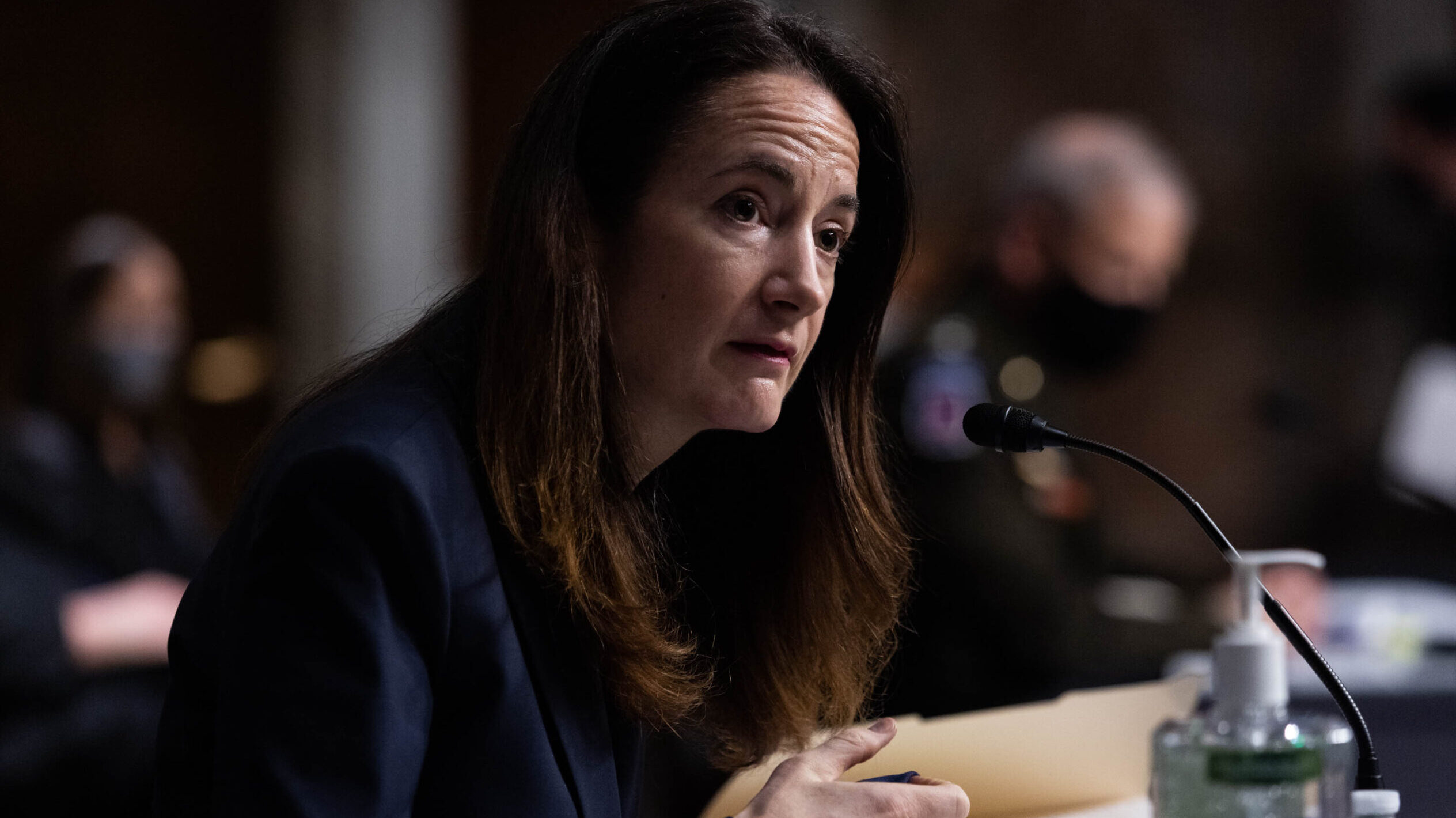THERESA HITCHENS

WASHINGTON — Director of National Intelligence Avril Haines on Thursday released the 2023 National Intelligence Strategy (NIS), focusing on “strategic competition” with China and Russia across the economic, political and military spheres — and calling on the Intelligence Community to up its game on everything from information warfare to supply chain control to rapid adoption of emerging technologies.
“The United States faces an increasingly complex and interconnected threat environment characterized by strategic competition between the United States, the People’s Republic of China (PRC), and the Russian Federation, felt perhaps most immediately in Russia’s ongoing aggression in Ukraine. In addition to states, sub-national and non-state actors—from multinational corporations to transnational social movements—are increasingly able to create influence, compete for information, and secure or deny political and security outcomes, which provides opportunities for new partnerships as well as new challenges to U.S. interests,” Haines writes in a forward to the document.
“In addition, shared global challenges, including climate change, human and health security, as well as emerging and disruptive technological advances, are converging in ways that produce significant consequences that are often difficult to predict,” she added.
The NIS “is a foundational document for the IC and reflects the input of leaders from each of the 18 intelligence elements, as it directs the operations, investments, and priorities of the collective,” explains the Office of the Director of National Intelligence (ODNI) in a press release announcing the new strategy.
Besides the usual three-letter IC agiencis, those 18 organizations include the National Reconnaissance Office, the National Geospatial-Intelligence Agency and the intelligence arms of the military service, with the most recent addition being the Space Force in early 2021.
The document lays out six goals for the interagency community:Position the IC for Intensifying Strategic Competition: This includes improving the “ability to provide timely and accurate insights into competitor intentions, capabilities, and actions by strengthening capabilities in language, technical, and cultural expertise and harnessing open source, ‘big data,’ artificial intelligence, and advanced analytics.”
Recruit, Develop, and Retain a Talented and Diverse Workforce that Operates as a United Community: The IC needs an increasingly technical and diverse workforce, the document says. “The Community must overcome long-standing cultural, structural, bureaucratic, technical, and security challenges to reimagine and deliver the IC workforce of the future.”
Deliver Interoperable and Innovative Solutions at Scale: To do so, the strategy says, the IC must establish “unified IC procurement authorities, centralized solicitation systems, and a Community-wide contracting system, all bolstered by automation tools. A Community-wide, data-centric approach based on common standards is crucial to realizing the full promise of new capabilities.”
Diversify, Expand, and Strengthen Partnerships: “Even as we continue to invest in existing partnerships like those with our Five-Eyes partners and forge new ones, the evolving set of challenges — from cyberattacks and climate change to pandemics and foreign malign influence — also require investing in new and more diverse partnerships, especially with non-state and sub-national actors. From companies to cities to civil society organizations, these actors’ ideas, innovations, resources, and actions increasingly shape our societal, technological, and economic futures.”
Expand IC Capabilities and Expertise on Transnational Challenges: Such challenges, the NIS explains, include “more frequent and intense crises due to the effects of climate change, narcotics trafficking, financial crises, supply chain disruptions, corruption, new and recurring diseases, and emerging and disruptive technologies” that in turn are piquing security crises such as civil unrest and migration.
Enhance Resilience: This includes increasing the IC’s role in protecting critical infrastructure to improve early warning that can allow more robust “recovery and response,” as well as “expanding its role in understanding threats and vulnerabilities to supply chains and helping to mitigate threats to government and industry partners’ infrastructure.”
No comments:
Post a Comment